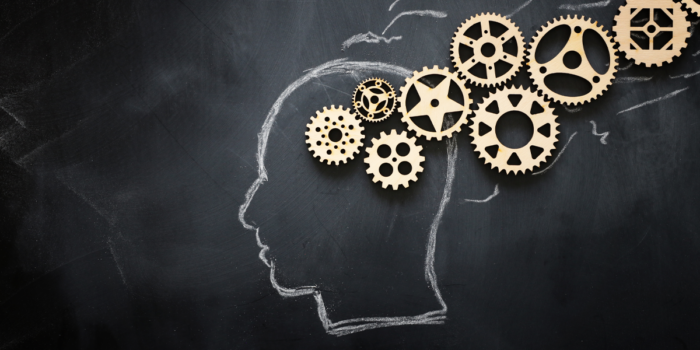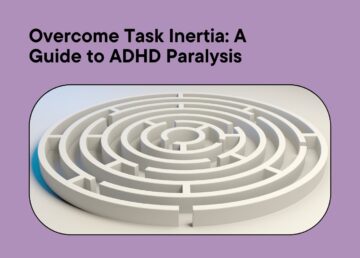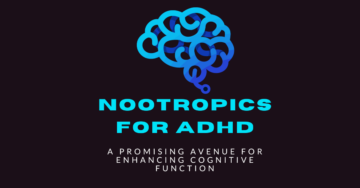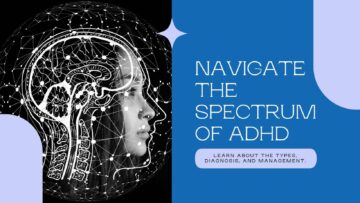
While many people associate ADHD with symptoms such as hyperactivity and impulsivity, there is a lesser-known subtype known as ADHD inattentive type.
While ADHD inattentive type is more often diagnosed in women, anyone can be affected – despite their age, race, gender, or status.
This ADHD type is often characterized by inattention, distractibility, and forgetfulness. Sadly, it can often go unrecognized and undiagnosed. You can get a deeper insight into how this ADHD type manifests here.
How Does ADHD Inattentive Type Look Like?
ADHD inattentive type is often characterized by traits such as disorganization, forgetfulness, and lack of attention. However, there are more symptoms that people with this ADHD type experience.
1. Emotional dysregulation
People with ADHD may experience intense emotions, mood swings, and irritability.
This happens because people with ADHD often have an overactive amygdala – the part of the brain responsible for regulating emotions and stress.
2. Executive function difficulties
This includes issues with planning, initiating tasks, and following through with them. The amount of work appears to be overwhelming and unrewarding.
Therefore, people with ADHD might struggle with simple chores such as washing the dishes, doing laundry, etc.
3. Low self-esteem
Individuals with ADHD may feel frustrated and inadequate both physically and emotionally due to difficulties with attention, organization, and executive function.
It can also affect their ability to form relationships with others. However, self-esteem issues can be tackled through self-exploration.
4. Sleep issues
ADHD can cause insomnia, sleep apnea, and restless sleep. Due to a very active mind, people with ADHD might also find it difficult to fall asleep.
If sleep issues persist, consult your physician for a treatment plan.
5. Physical restlessness
People with ADHD may have an intense need for movement and fidgeting.
6. Time management difficulties
People with ADHD may struggle with managing their time effectively and meeting deadlines. This often happens because people with ADHD have “time blindness” and can’t seem to understand how fast or slow time goes.
“Time blindness” can be controlled with time management techniques.
The Role of Dopamine in ADHD Inattentive Type
You might already be aware that ADHD affects the function of neurotransmitters like dopamine. But why does it matter?
Dopamine is like a chemical messenger in the brain that helps regulate various functions such as mood, motivation, and movement. It also plays a role in the brain’s reward system and helps to reinforce pleasurable experiences.
Research suggests that there may be alterations in the functioning of the dopamine system in people with ADHD, leading to symptoms such as inattention, distractability, impulsivity, and others.
Managing ADHD Inattentive Type
While there is no known cure for ADHD, there are several strategies that people with the condition can use to help regulate their dopamine levels and manage their symptoms.
These include working on time management and organizational skills, improving self-esteem, and reducing distractions from daily life. These skills can be improved with therapy and lifestyle changes. Fortunately, nowadays there are a lot of different apps available to help with this.
It is important to note that these strategies may not be effective for everyone and can have different levels of impact. What matters most is finding the type of treatment that works best for you.





